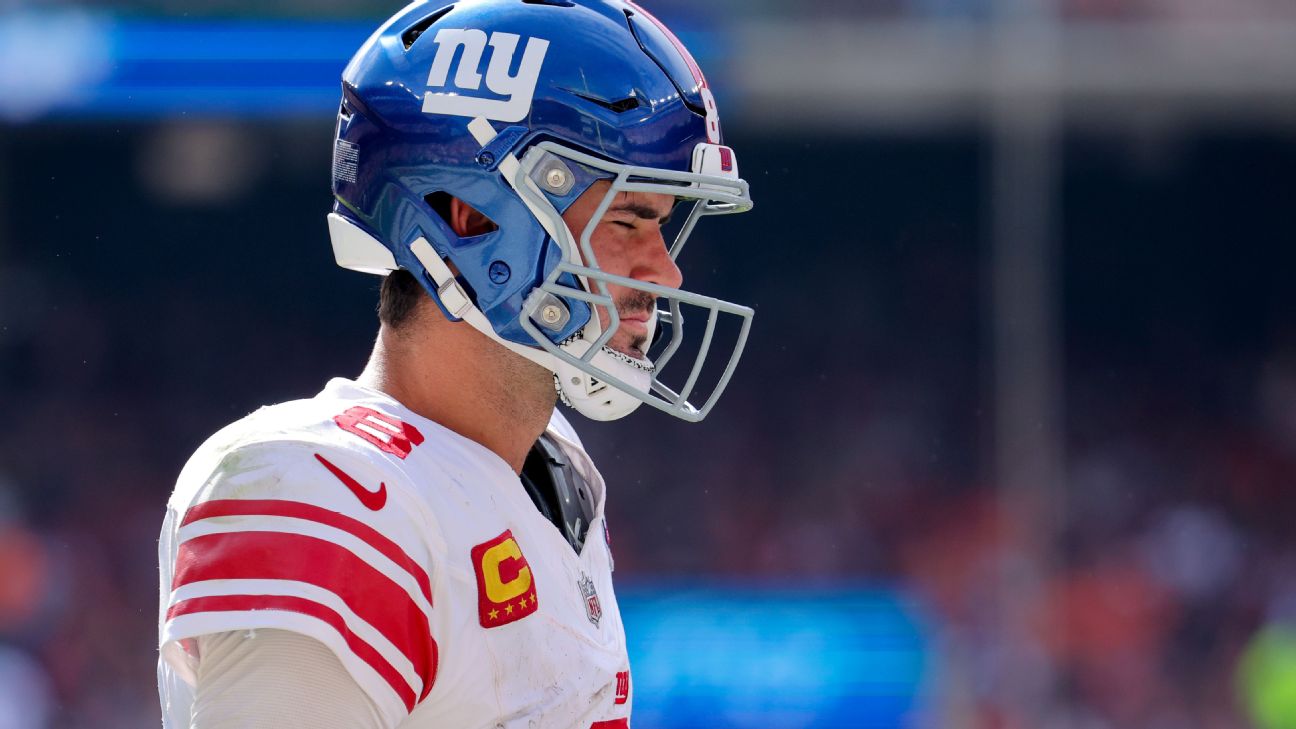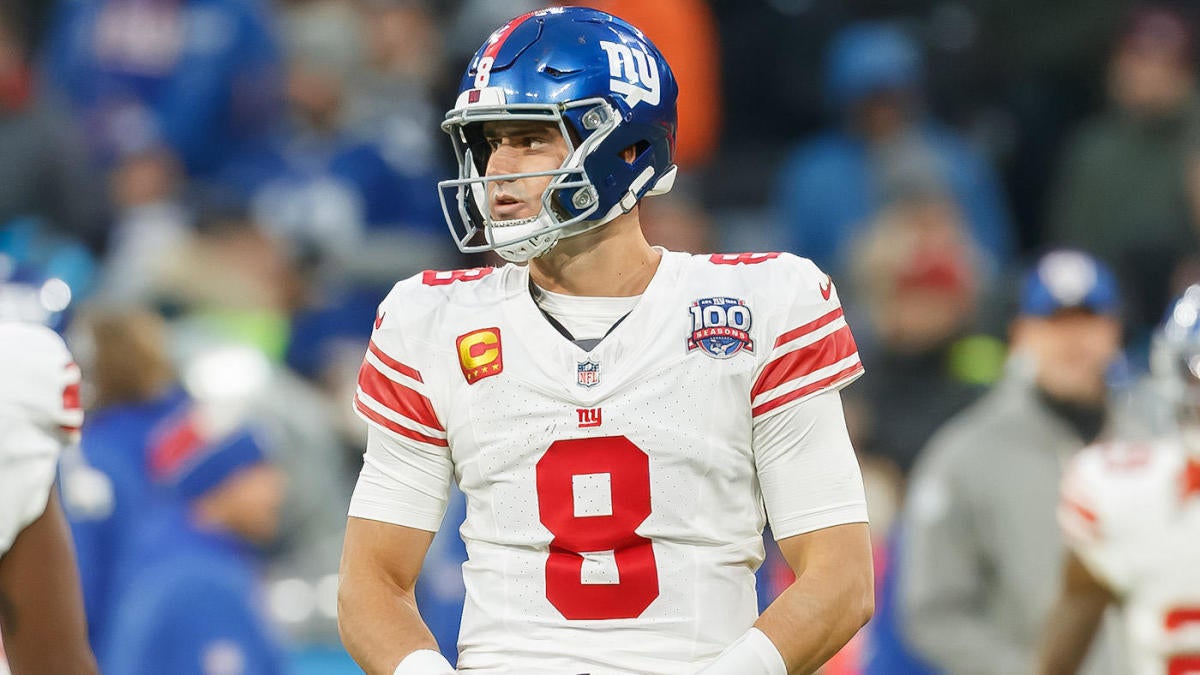Infra
Bridging the digital divide in NYC

Our city is proof of the power that a quality education, safe and secure housing, and advanced infrastructure can empower marginalized communities. Ensuring that every New Yorker has affordable access to a high-speed broadband connection is critical to continued upward mobility. The educational and economic benefits of the internet cannot be overstated. It is critical to our success.
New York must make major strides to ensure every resident has access to service. Now, the governor and state Legislature have allocated significant funding and established new programs, like the Municipal Infrastructure Program, to help fully bridge the digital divide.
But while these programs offer great potential, it is critical that they address the central problems that are preventing full connectivity to broadband. New York State should not subsidize the build of municipally owned, or operated, broadband infrastructure where a high-speed provider already exists.
Municipally owned, or operated, broadband networks have a poor track record of success. In 2019, New York City failed to execute routine maintenance on its internal wireless network, NYCWIN, which resulted in critical city services being disrupted for more than a week and hundreds of millions of dollars, in aggregate, wasted.
There are numerous additional examples nationally of failed municipal networks from Burlington, Vt. to Opelika, Ala. Ultimately, the capital costs associated with the maintenance of these networks do not markedly boost affordability and bridge connectivity to those that need it most.
In New York City, as in other urban areas across the state, the key barrier to bridging this divide is increasing broadband adoption. This includes everything from ensuring our residents have the right digital literacy skills, to providing every school-aged child with a computer or tablet, to addressing affordability of service.
I’m proud that we’ve made major strides to tackle these problems, through both public and private investment, which is connecting people to the internet service that is widely accessible in our communities.
In 2020, New York City took a long look at building a broader municipal broadband system via the New York City Internet Master Plan, but wisely pivoted, in 2022, to leveraging existing broadband infrastructure and the city’s bulk purchasing power to subsidize high-speed broadband access. This pivot proved to be both less expensive to taxpayers and more effective to deliver service to New Yorkers.
Rather than taking years to build a redundant infrastructure at more than $2 billion in cost before a single New Yorker got connected, the city devised a program that allowed NYCHA residents already connected to broadband through a provider to automatically opt-in to free service and partnered with providers to connect those who did not have service.
Today, the Big Apple Connect Program is the most successful municipal broadband program in the country. It provides free high-speed broadband at more than 200 NYCHA developments citywide, including more than 50 developments in the Bronx, and more than 500 units at Boston Secor in my district. Programs like Big Apple Connect are scalable and more effective at bridging the digital divide than building redundant infrastructure.
Moving forward, it’s crucial to recognize that reforming broadband access not only ensures that disadvantaged communities have access to education and information but also positions them to leverage the growing developments in AI technology.
Reliable and affordable connectivity not only fosters technological literacy, but also opens doors to economic opportunities in this rapidly advancing field, contributing significantly to the overall growth and empowerment of disenfranchised communities.
As the state Legislature prepares to finalize its upcoming budget, I urge our elected leaders to learn from New York City’s experience and ensure that precious taxpayer dollars are not funneled to build redundant, expensive infrastructure that will not markedly reduce costs for customers or address our broadband adoption issues. That would be a waste of a generational investment in broadband and foster another generation of children without service.
Gov. Hochul’s ConnectALL initiative represents an important opportunity for New York City and other communities across the state. By leveraging existing infrastructure, we can take the final step to assure that every home is connected.
We must also ensure our seniors have the knowledge needed to fully utilize the service and get a device in the hands of any child who needs one. This is this final step on the path to bridging the digital divide and with the right policies, I know we can get it done.
Riley represents the 12th Council District in the Bronx and chairs the New York City Council’s Subcommittee on Zoning and Franchises, which has jurisdiction over telecommunications franchises.










